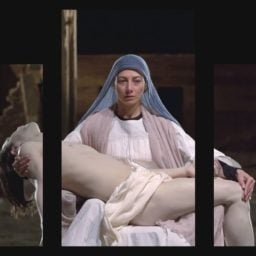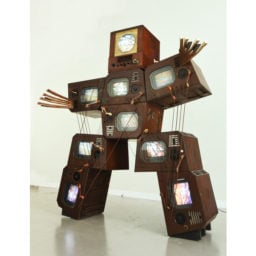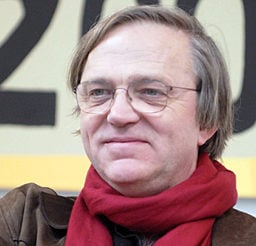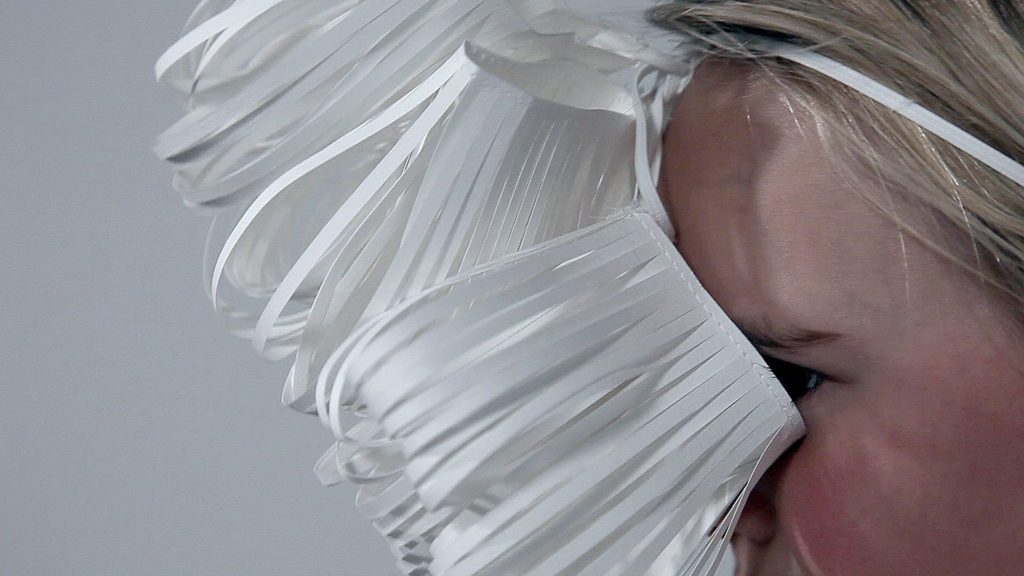

For Korean artist Min Oh, the auditory qualities of music and the visual aspects of videography are not as dissimilar as they seem—they both represent a structure, a pattern that can be melded together to create something else entirely. After discovering the art of video while studying in the United States, Oh realized she could experiment with the medium and simultaneously exercise her passion for playing the piano. By taking the structure of a song, known as ABA, and dividing it into sections, the artist makes a time lapse, using the music as a template for the video. Each tune corresponds to a form or shape in the visual, using storytelling, light, sound, and images to create a dynamic multi-sensory experience for the viewer. Through these projects, Oh hopes to explore the nature of human instinct, and if you’re looking to see her work in action, you’re in luck. Currently, ABA Diagram, along with several of Oh’s other works, are on display at a group exhibition called “wellknown unknown” at the Kukje Gallery in Seoul, which runs until Sunday.
To further explain her projects, Oh was kind enough to sit down with us and discuss “wellknown unknown,” the intersection of art and music, and her creative process.
When did you know you wanted to be an artist?
Perhaps not long after I moved to the United States to study at Yale. It was the first time for me to live far from my home country, and the new environment helped me to keep distance between me and my surroundings and realize who I am and what I am interested in. Luckily, I also encountered video at that time, and I thought that video would be the perfect medium to develop and present my ideas where all the elements that I have been intrigued by—narrative, time, structure, image and sound—come together.
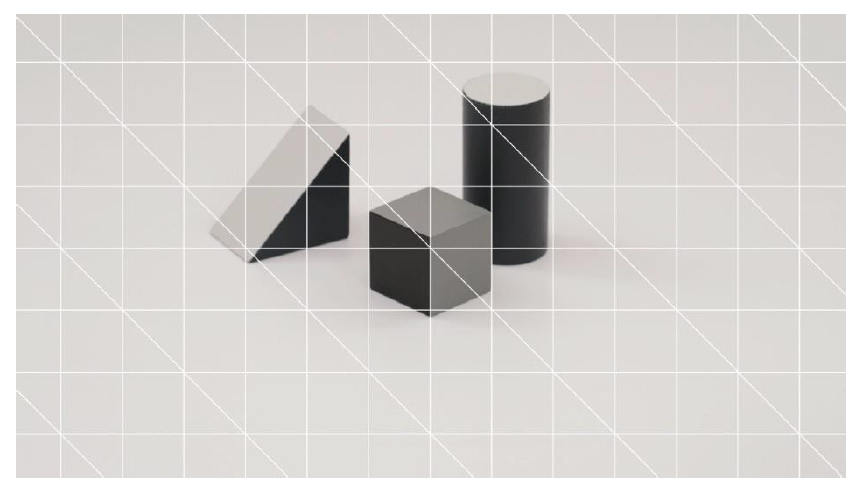
Min Oh, ABA Video Score (2016). Courtesy of Kukje Gallery.
Many of your video and performance projects incorporate sounds, images, and symbols rather than written or spoken words. Can you explain why?
I am interested in investigating fundamental human drives. I look for traces of them that can be observed by sense, not defined by language. In my videos, I usually juxtapose several layers of sensory information such as seeing, hearing, and touching that can be independent and at the same time work together.
You are a professionally trained pianist—in your opinion, how do art and music relate to each other?
Music means structure for me. I also see video as a time structure. Since musicians elaborately developed diverse musical forms, I often borrow them while constructing the structure of videos or performances: rondo for Daughter (2011), suite for Suite 1 (2012) and Marina, Lukas, and Myself (2014), and this year I am focusing on sonata form.
For early work, I sometimes re-arranged a music piece and played the piano, but in 2011 I stopped using music that works as a background, since I realized that I am more interested in highlighting ordinary sound that has musical attributes.
Even though I move my interest from music to visual art, I still keep a musical performer’s attitude. I don’t believe in a shortcut, rather I chose a persistent training to reach the perfection.
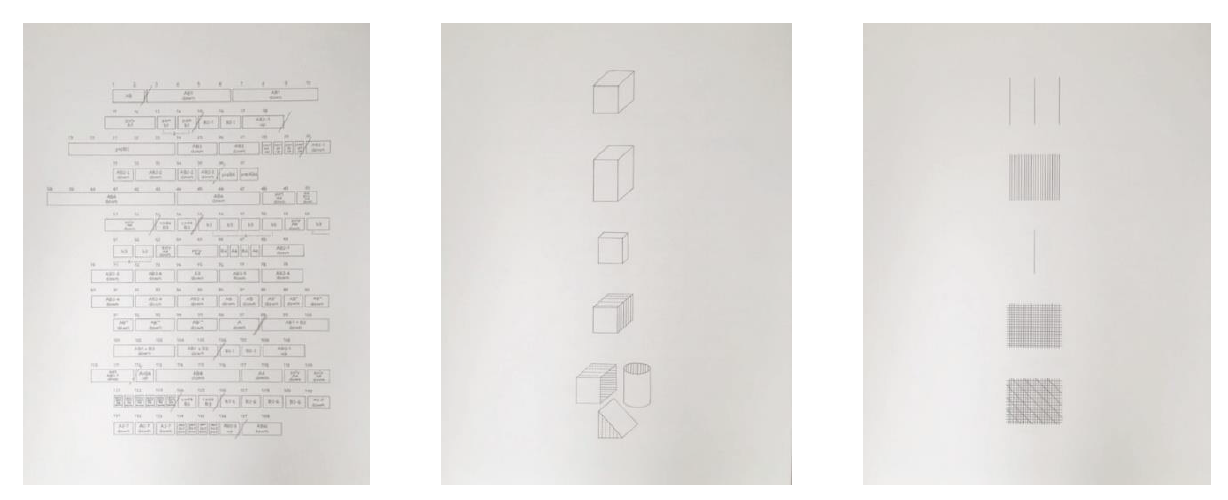
Min Oh, ABA Diagram (2016). Courtesy of Kukje Gallery.
Describe your creative process. Do you have any kinds of patterns, routines, or rituals do you have?
It is often a combination of different levels of socializing. During planning I am usually very well connected to the world, but perhaps only through the Internet. During filming I work tightly together with real humans, the collaborators, and during editing I almost isolate myself in the studio and don’t communicate with anyone.
However, in every step of the process I often make diagrams on what is the current idea, how it looks, where it heads towards, how it is connected with other ideas, or what other problems it has. Sometimes some of them become independent work as drawings, like ABA Diagram (2016).
You are currently showing at a group exhibition with Kukje Gallery called “wellknown unknown.” Can you tell us about the exhibition, and your new works ABA Video Score and ABA Diagram?
ABA is a series of four independent yet interconnected works that is prompted while exploring new ways to make time structures for videos. It is an outcome derived from a research process investigating how musical structures that have elaborately developed for a long time can be applied to other time-based media. As well as a study on musical structures, ABA includes questions on the origin of them, their expandability, the relationship between a musical interpretation and the performance, and forms of scores and how to read them.
ABA focuses on sonata form, which is one of the most influential musical forms in the western music history, more specifically on the 1st movement of Rachmaninoff Piano Sonata No. 2 Op.36 (1931–2nd version). Though this piece embodies the standard sonata form, I found it unique that the two contrasting motives ‘a’ and ‘b’ in the introduction work as the crucial materials to formulate the whole structure through competing, collaborating, influencing, and blending into each other.
ABA Diagram is the first part of ABA series that interprets a musical structure. As the next step, ABA Video Score transforms the diagram into sensory signs, which is a bridge between the diagram and the video since they use very different languages. As the further step, ABA Video transposes them into concrete scenes, and ABA Performance experiments on how the musical structure can be redefined and reconstructed through a live performance which is restricted by limited time and space. In coming October in Doosan Gallery in Seoul, ABA Video will be premiered.
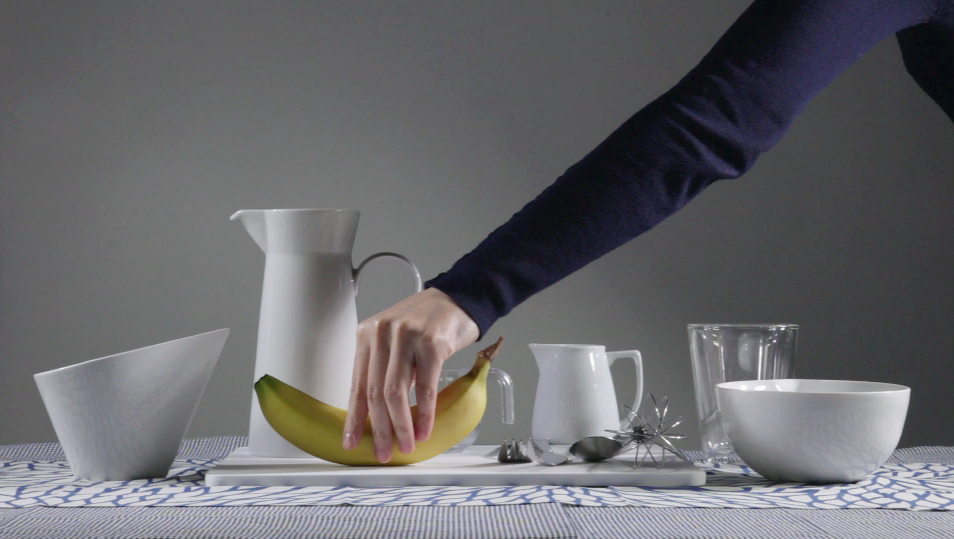
Min Oh, Banana (2011). Courtesy of Kukje Gallery.
What has been your greatest challenge so far?
I normally expand techniques, size of production, and ideas quite gradually, and haven’t had any dramatic difficulties so far. However, I feel more challenged when I meet a situation that I can hardly be in control of. For example, I was trying to make specific lighting while filming Suite 2 (2012) in a park in Amsterdam, where you cannot really calculate the weather. For a week before actual filming, I tried to get familiar with the movement and the amount of lighting of the sun from a specific location. But in the end, I had to film the same take more than 30 times to find the most similar take with what I had planned.
Do you ever experience artist’s block? What do you do to overcome it?
Not a big one, yet many small ones. I believe that a good idea makes balance with boredom. I try to make myself bored when I need fresh ideas. Nowadays it is very difficult to be bored since I am always with my smart phone, or perhaps the opposite?
How do you feel your work is viewed in Korea, versus in other cities around the world?
I hope the same, since, as I mentioned above, I am interested in universal human instinct that can be observed in any place.
The artnet Gallery Network is a community of the world’s leading galleries offering artworks by today’s most collected artists. Learn more about becoming a member here, or explore our member galleries here.


